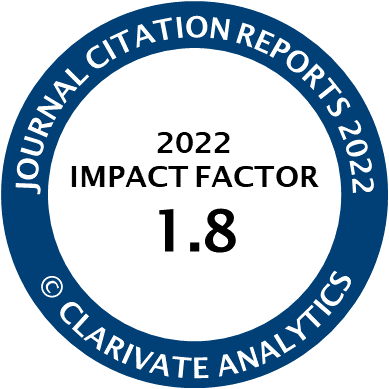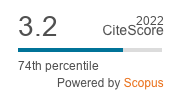Article | Open Access
Making Smart and Sustainable Infrastructure Projects Viable: Private Choices, Public Support, and Systems Constraints
| Views: | 2992 | | | Downloads: | 1546 |
Abstract: Sustainable cities will require major infrastructure investments coupled with widespread behavioral change. Examples of smart, green technologies abound, but evidence for actual use lags. This partly owes to the tension between public support and private choices: individuals thinking as members of the public may see solutions as smart for the city, but thinking of their private interests may see those same solutions as not smart for themselves. This also owes to the disconnect between private and public choices, on the one hand, and the workings of complex systems, on the other. Even if public and private interests align, existing built environment systems may resist change. This article examines public perception and use of the Atlanta BeltLine, a pioneering sustainability initiative to transform the auto-dependent city into a greener, denser city. Analyzing a general public survey reveals widespread support for the BeltLine alongside reticence from residents to change their commute or greenspace use. The findings also show that drivers of public support and prospective use of the BeltLine differ. Public support may be insufficient if individual use decisions do not follow. Yet, private adoption decisions may not follow until and unless the systems in which they are embedded are already changing.
Keywords: behavioral changes; green space; public perception; public transit; smart solutions; urban infrastructure; urban sustainability
Published:
© Douglas Noonan, Shan Zhou, Robert Kirkman. This is an open access article distributed under the terms of the Creative Commons Attribution 4.0 license (http://creativecommons.org/licenses/by/4.0), which permits any use, distribution, and reproduction of the work without further permission provided the original author(s) and source are credited.




